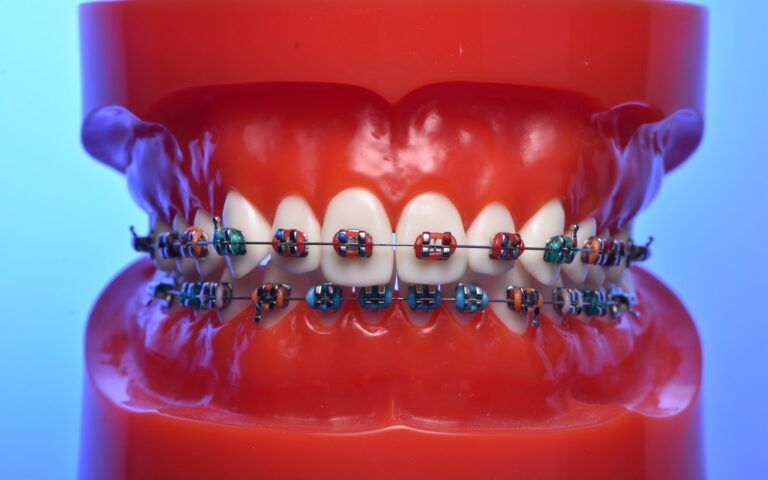How The Osteoclastic Bone Affects Orthodontic Tooth Movement

It’s common for orthodontists to go over the details of your treatment in significant detail before the day of the procedure arrives. While they cover what they’ll be doing and what you should expect, they often skim over the actual mechanics of the procedure. While this information isn’t necessary for the successful completion of the treatment patients should know what’s involved in their treatment. They deserve to be educated by their care, and may appreciate the complexity of their treatment more.
The Orthodontic Process And Mechanics Of Braces
In any dental process where you will be fitted with dental appliances for any length of time, it pays to learn a little about them. There are three primary parts to any set of traditional braces. These components include:
- Brackets – Brackets are the mounting points fixed to your teeth with a special form of dental cement. They are frequently composed of ceramic or metal and ideally will remain in place from start to finish. This component is the most visible of your dental appliance.
- Archwires – Set over the brackets are thin metal rods known as archwires. This part of your appliance is designed to apply precise pressure to the teeth to help adjust them into the proper position.
- O-Rings – If you’ve ever heard the term ‘ligatures’ used in reference to your braces, this is the part they’re speaking of. They’re elastic bands that connect the archwire to the bracket. These are the only part of your braces guaranteed to be replaced at each appointment. They come in many different colors for those seeking to brighten their smile or clear for those looking to downplay it.
Together these components move your teeth gradually throughout your treatment. Throughout this process, the periodontal membrane is stretched on one side and compressed on the other. This membrane is responsible for holding your teeth in their sockets. This membrane isn’t the only element involved, however.
The bone in your jaw is remodeled throughout the treatment period as well. This occurs due to the pressures placed on your jawbone by the braces. This causes the bone to strengthen, but this strengthening is temporary. A repeated process of applying and releasing pressure helps to move your teeth into place with every adjustment.
This, ultimately, is the purpose of your braces. Generating the necessary force not only to move your teeth but to manipulate your bodily processes to help them retain their position. Throughout the process numerous wires are used, some of which respond to your body heat to become more durable.
Ask Your Orthodontist For More Information
The process of orthodontic adjustment is complex, involving multiple moving parts and stages. Speaking to your orthodontist can help you get a clear vision of what’s to come. Understanding the process can help you appreciate what’s happening, and even identify when certain milestones are hit. Contact your orthodontist today to schedule a consultation where they can describe all the individual steps in the process. You may discover that your orthodontic treatment is amazing for reasons beyond giving you a lovely smile.

Recent Comments